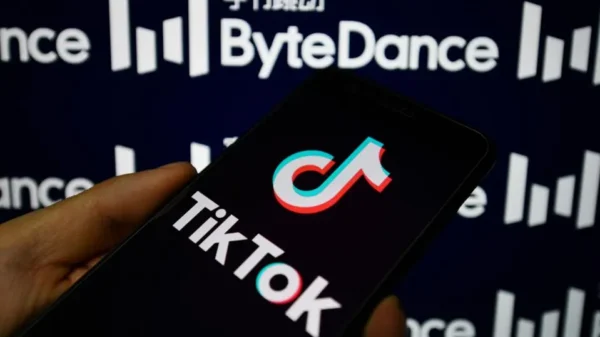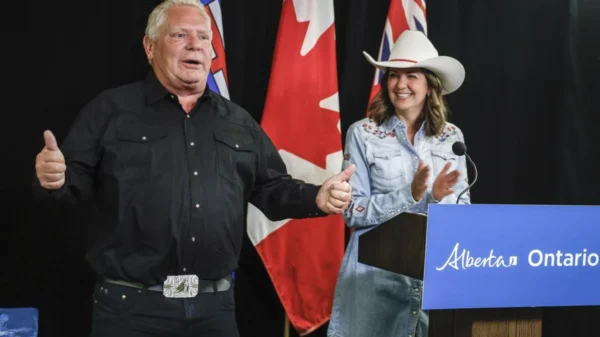VERSES AI Inc. (CBOE: VERS) (OTCQX: VRSSF) successfully demonstrated cross-platform interoperability between digital twin (DT) systems for lunar operations.
The company explained on Thursday that this program came about as the result of a research collaboration between the NASA Jet Propulsion Laboratory (JPL) as part of a research phase for the company’s Genius beta program.
A digital twin system is a virtual model of a real object, system, or process. It uses real-time data to simulate and monitor the actual thing it represents. Consequently, this helps engineers and operators predict problems, improve performance, and make better decisions.
Additionally, they are used in many industries to save money, increase efficiency, and manage operations more effectively. The virtual model updates as the real-world object changes, making it a powerful tool for planning and management.
These systems are critical for lunar exploration due to the difficulty of accessing objects in space.
DT also allows engineers on Earth to manage the health of systems on the Moon and facilitates virtual planning and testing of lunar activities before robotic systems undertake potentially dangerous tasks.
Additionally, DT has the potential to support testing across global organizations as lunar exploration evolves into a collaborative international effort. However, achieving this vision of collaborative lunar exploration faces a primary challenge: ensuring interoperability between DT systems.
In this project, a team from VERSES, the JPL, and California State University, Northridge (CSUN) demonstrated real-time joint testing of a lander model at CSUN and a rover digital twin model at the jet propulsion lab on distributed NVIDIA Omniverse platforms using standard-based spatial web protocols.
Read more: VERSES AI offers GENIUS Beta platform to third party logistics company
Read more: Sakana AI creates fully autonomous researcher: the ‘AI Scientist’
Coordination on the moon is unsolved problem
The team also demonstrated cross-platform collaborations between Omniverse and Unity platforms using these protocols.
“The Spatial Web standards, which GENIUS is the first developer toolkit to support, were designed to address the universal problem of transforming any data, not just geometry and geography, into a unified shared model including the rights and rules that govern the relationships between people, places, and things,” said Capm Petersen, Chief Innovation Officer for Verses.
VERSES and the Spatial Web Foundation partnered with JPL researchers to model data using Spatial Web standards. Their objective was to enable government agencies, private aerospace companies, and universities, despite having different technology stacks, to collaborate in a unified, real-time simulation of the lunar surface.
“Coordination on the moon is a significant unsolved problem,” said George Percivall, vice-chair of the TEEE Spatial Web Standards Working Group.
“Having developed mapping standards for Earth as the former chief technology officer of the Open Geospatial Consortium, I’m excited to join forces with JPL on exploring how the Spatial Web standards could enable extraterrestrial interoperability.”
Meanwhile, Ed Chow, the manager of the Civil Programs Office and principal investigator at Jet Propulsion Laboratory, presented the initial results of the collaboration on July 18th and 19th at the Digital Twins for Cislunar and Lunar Surface Ecosystem Workshop in Pasadena, California.
The event brought together scientists, researchers, and experts from aerospace agencies and technology companies focused on digital twins and autonomous agents for lunar exploration.
.
Follow Joseph Morton on Twitter
joseph@mugglehead.com














